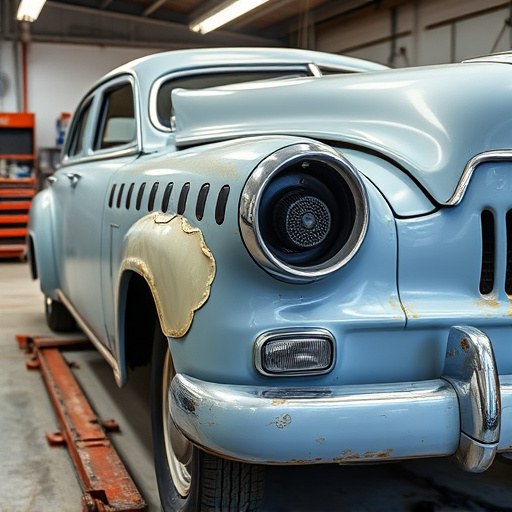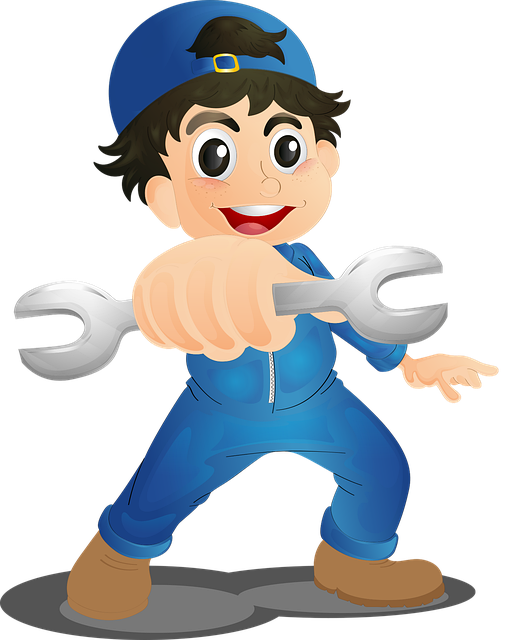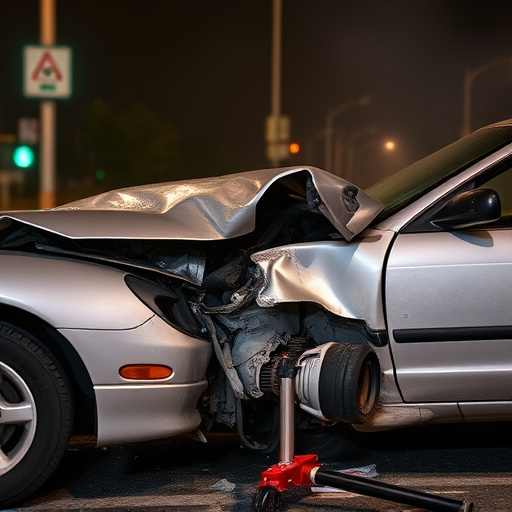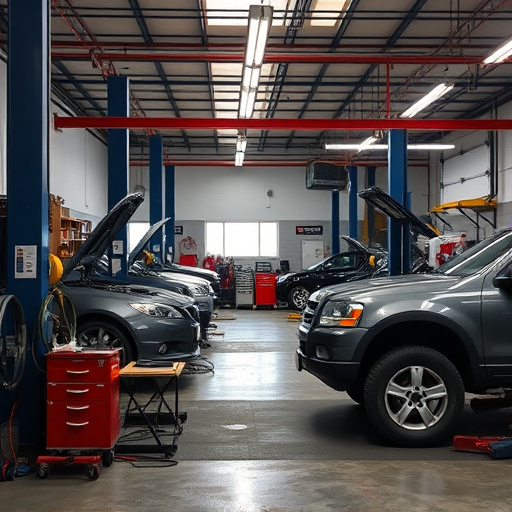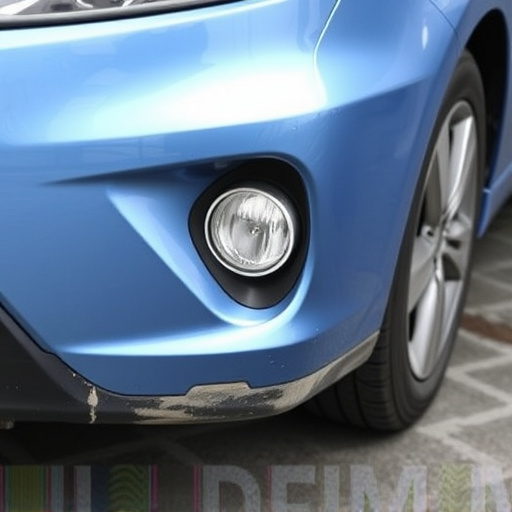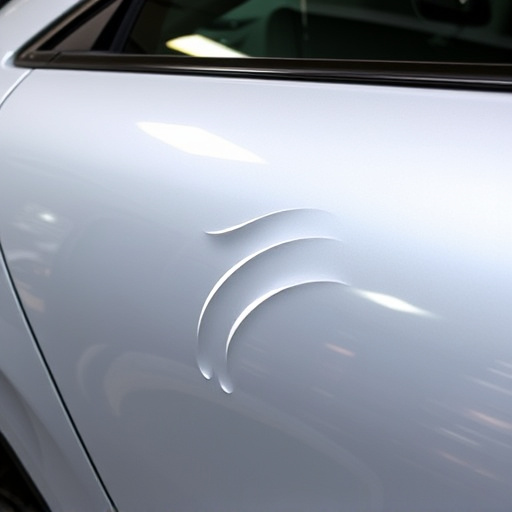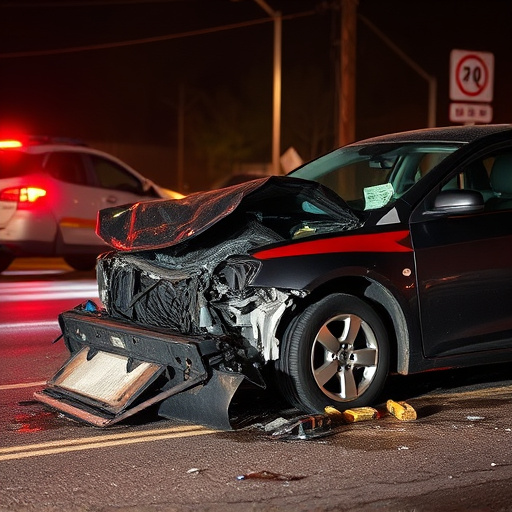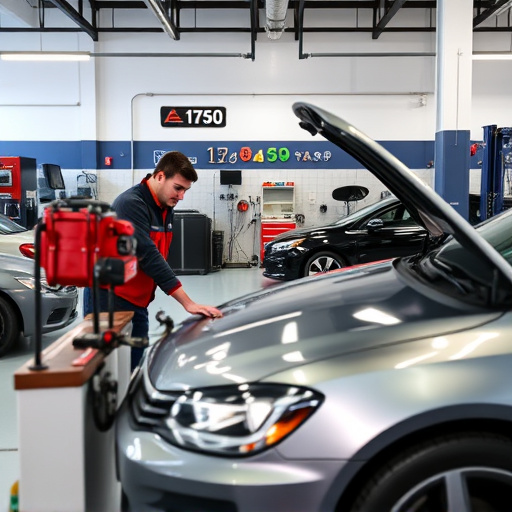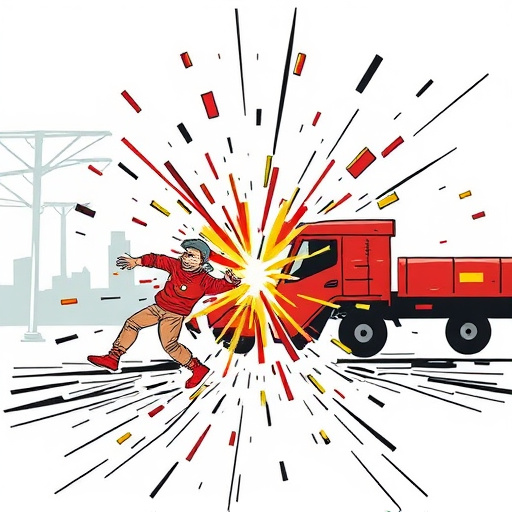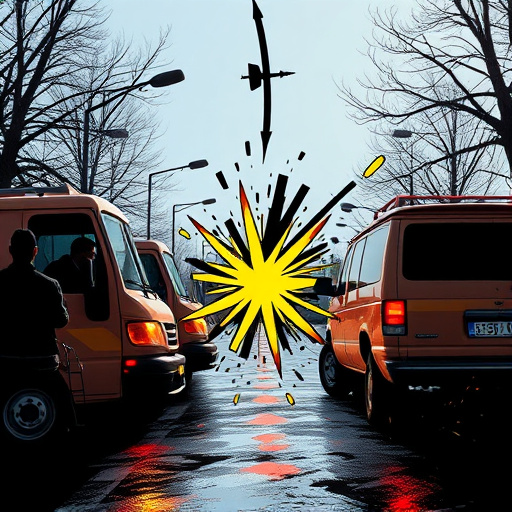Evaluating driveshaft damage post-collision is crucial for safety and cost. Minor cracks and bends may be repaired, but severe damages like misalignment or structural failure often require driveshaft replacement for optimal performance and longevity. An experienced collision repair shop helps decide between repair and replacement, ensuring safe, effective solutions tailored to vehicle age and condition.
After a collision, one of the most critical decisions you’ll face is whether to repair or replace your driveshaft. Assessing damage is crucial—repairs are often possible if the driveshaft is only slightly damaged. However, replacement may be necessary for severe cases. Understanding the costs and benefits of each option is essential. This guide provides tips for smart decision-making, helping you navigate the process and ensuring you get the best value for your investment while ensuring your vehicle’s safety and performance after a collision.
- Assessing Damage: Is Repair Possible?
- Understanding Replacement Costs and Benefits
- Tips for Smart Decision Making After a Collision
Assessing Damage: Is Repair Possible?
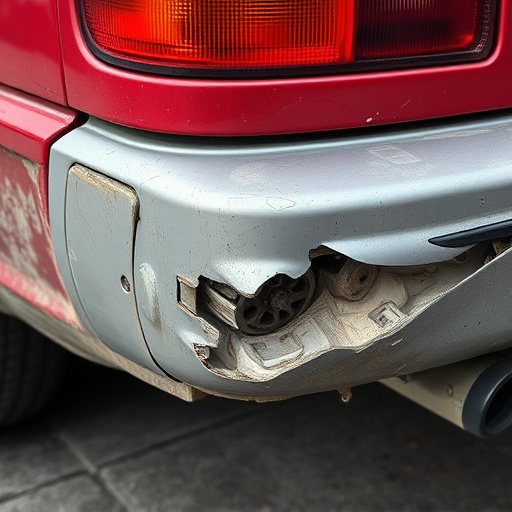
When a vehicle collides, assessing the damage to its driveshaft is crucial before deciding between repair or replacement. While some driveshaft damage may be visibly evident—cracks, breaks, or deformation—other issues might not be so obvious. A skilled mechanic will thoroughly inspect the driveshaft for any signs of wear and tear, fluid leaks, or misalignment that could indicate internal damage.
If the driveshaft appears to be in good condition structurally but shows signs of wear or needs adjustments to align with the transmission, collision repair services may offer a cost-effective solution. However, if the damage is severe—including breaks, cracks extending deeply into the shaft, or misalignment that cannot be corrected—replacement might be the safer and more reliable option for both performance and longevity. Choosing the right course of action depends on a careful assessment by an experienced collision repair shop professional.
Understanding Replacement Costs and Benefits
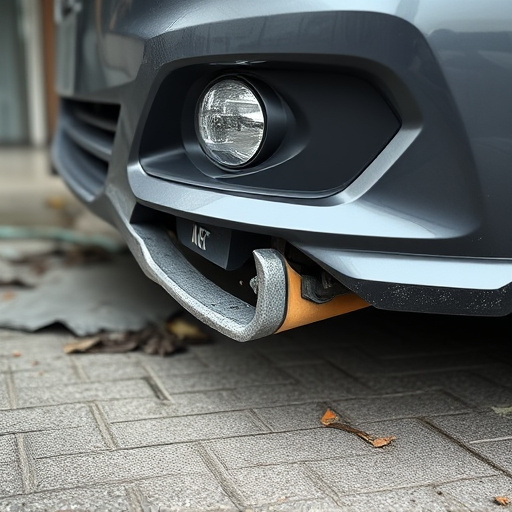
When a driveshaft is damaged in a collision, one of the primary considerations for vehicle owners is whether to opt for repair or replacement. Understanding the costs and benefits of each option is crucial in making an informed decision. While driveshaft repair after a fender bender might seem like a more economical choice, it’s important to consider the extent of the damage. In some cases, repairs can be relatively straightforward and affordable, especially if the issue is limited to a simple bend or crack. This often involves straightening or replacing specific components rather than an entire driveshaft assembly.
However, severe collisions may necessitate a complete replacement, which comes with its own set of advantages. New driveshafts ensure optimal performance and longevity, as they are built according to the manufacturer’s specifications. Moreover, modern driveshaft replacement methods, such as paintless dent repair techniques, can preserve the vehicle’s original finish, maintaining its aesthetic appeal without the need for extensive bodywork, commonly associated with traditional automotive repair.
Tips for Smart Decision Making After a Collision
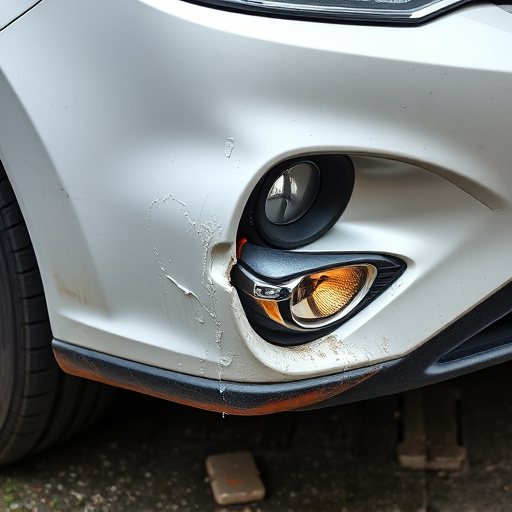
After a collision, making informed decisions about driveshaft repair vs. replacement is crucial for both safety and cost-effectiveness. The first step is to assess the extent of the damage. Minor dents and scratches might be fixable through professional dent removal services, focusing on your car’s bodywork. However, if the driveshaft itself is severely damaged or shows signs of wear beyond what can be repaired, replacement may be inevitable.
Consider the age and condition of your vehicle. For classic or vintage cars, specialized mercedes benz collision repair facilities might be necessary to ensure authentic restoration. In contrast, newer models may have more readily available parts and simpler repair processes. Balancing these factors will help you make a smart decision, ensuring your driveshaft is safely repaired or replaced without unnecessary expense.
After a collision, deciding between driveshaft repair or replacement can be challenging. Assessing damage is crucial, as minor issues might be reparable, while significant structural problems may require a complete drive shaft replacement. Weighing the costs and benefits of each option is essential for making an informed decision. By understanding these aspects, you can ensure a safe and cost-effective solution for your vehicle, ensuring it returns to its optimal condition post-collision.
